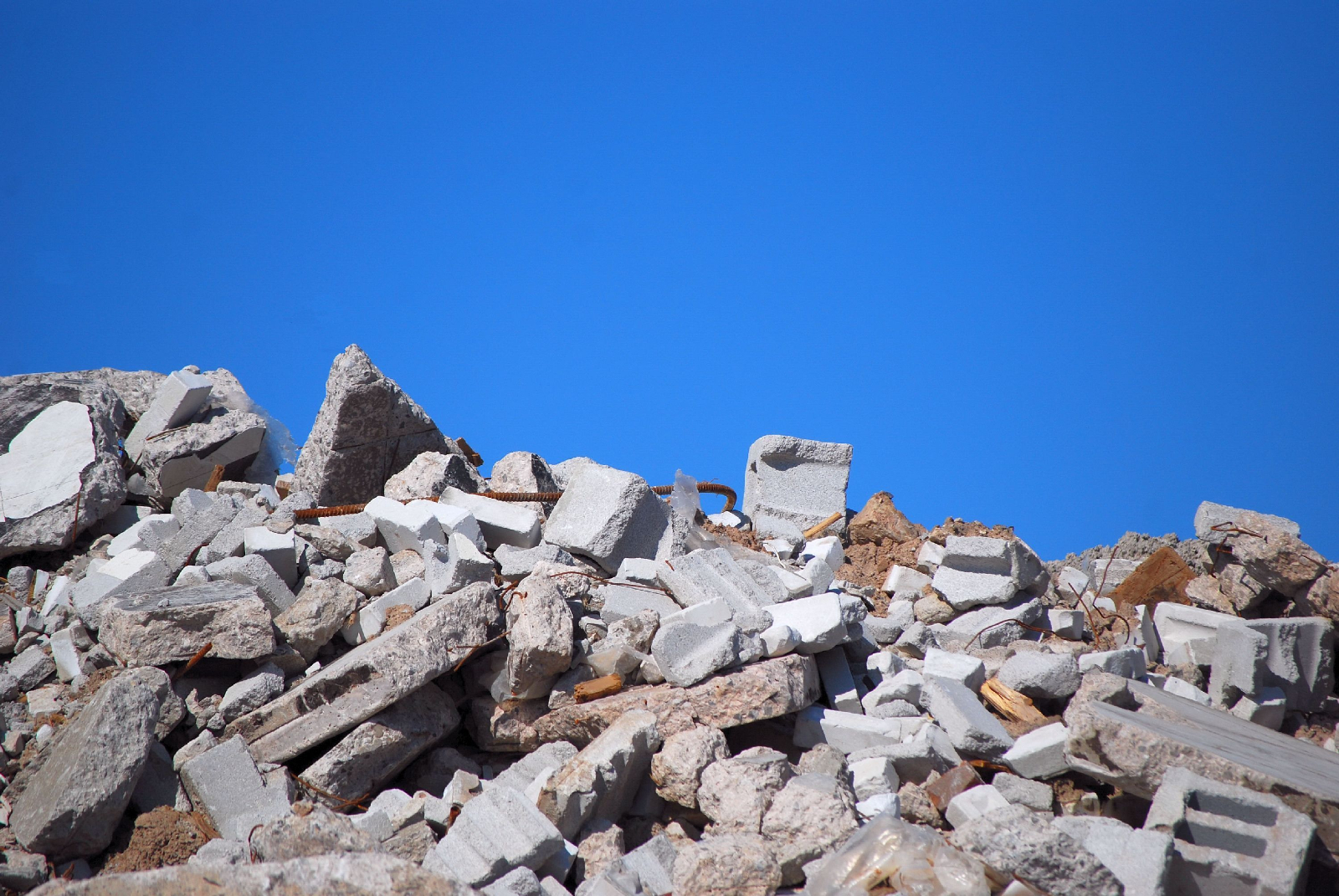
Materials from construction and demolition are contributing up to 40 per cent of the world’s waste – the result of which is often mountains of rubble left in landfill sites.
We all know this is unacceptable but perhaps there’s a simple solution – recycled concrete.
Researchers at the University of British Columbia Okanagan in Canada have been carrying out a five-year study of recycled concrete and suggest this could be the sustainable answer the industry has been looking for.
Led by Shahria Alam, co-director of the university’s Green Construction Research and Training Centre, the research team compared the use of recycled and conventional concrete within two of the most common applications – the foundations of a building and a sidewalk.
After five years of being in service, the study found that the recycled concrete was fully comparable in both strength and durability.
Shahria Alam commented:
“We live in a world where we are constantly in search of sustainable solutions that remove waste from our landfills. A number of countries around the world have already standardised the use of recycled concrete in structural applications, and we hope our findings will help Canada follow suit.”
Concrete is typically made up of fine or coarse aggregate, bonded together with an adhesive paste. The recycled concrete replaces the natural aggregate for producing new concrete.
As well as identifying that the recycled concrete performed adequately and experienced no issues after five years, this study also discovered that in several cases it outperformed the traditional concrete. In particular, the recycled concrete had a higher rate of compressive strength after 28 days of curing while maintaining a greater or equal strength during the period of the research.
Because of this, the researchers suggest that recycled concrete can be a 100 per cent substitute for non-structural applications, great news for anyone looking to reduce landfill.
“The composition of the recycled concrete gives that product additional flexibility and adaptability,” says Alam. “Typically, recycled concrete can be used in retaining walls, roads and sidewalks, but we are seeing a shift towards its increased use in structures. As innovations continue in the composition of recycled concrete, we can envision a time in the future where recycle concrete can be a substitute within more structural applications as well.”
The research was funded by the Natural Sciences and Engineering Research Council of Canada (NSERC), OK Builders Supplies Ltd and KonKast Products Ltd through a Collaborative Research and Development grant.
01.02.2021
Feature image: Tim Elliott/Shutterstock.com
Information source: University of British Columbia Okanagan








